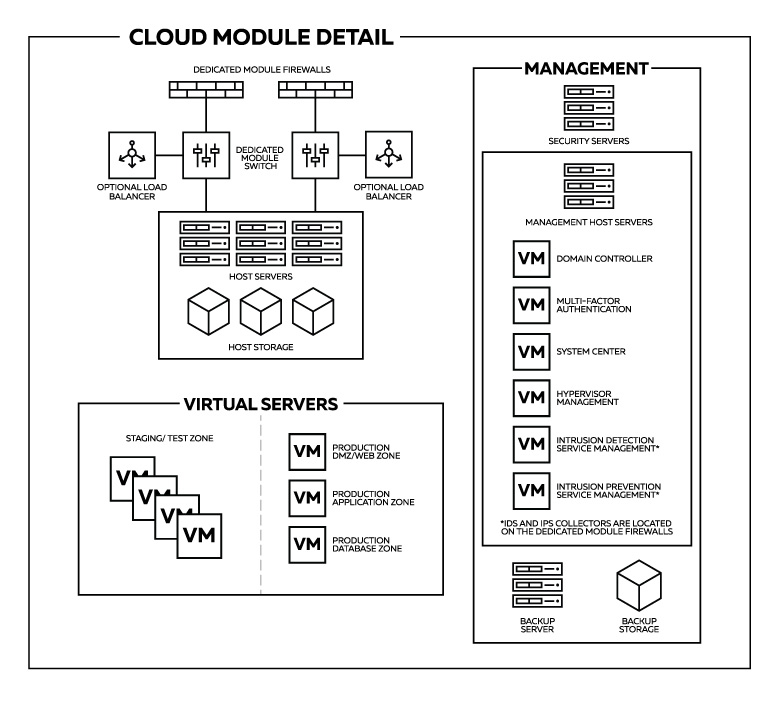Newtech e-Systems Cloud Platform Hosting model employs the best Cloud providers and solutions for our Clients. Deploy and scale low‐cost utility hosting solutions for businesses of all sizes with dynamic computing needs. All with 24/7 support
COMPLETE SUITE OF CLOUD OFFERINGS:
- AWS,
- RackSpace OpenStack
- Google Cloud
- IBM
- Oracle
Basic cloud architecture
The basic cloud architecture is a starting point that you can build on for future applications. Typically, this is the first step our customers take when moving an application to the cloud, yet it uses platform services like Cloud Databases and Cloud Files to replace dedicated database servers and expensive storage arrays.
Secure FEDRAMP example Solution
Faster Migration
Migrate applications in weeks, rather than months. Our FedRAMP private cloud solution integrates industry-leading virtualization, networking, compute, storage, security, and management technologies — and is pre-configured, reducing the time required for you to receive your authority to operate.
Our private cloud’s modular design makes security the top priority, while providing the cost-savings, flexibility and customization that government agencies, software providers, and systems integrators need to meet their own unique performance and security requirements.
Tiered cloud architecture
The tiered architecture is the next step in configuring an application for the Open Cloud. This configuration enables you to scale each tier (web, app, caching, and database) horizontally as you grow. This example uses replicated database servers instead of the Cloud Databases platform, which allows for more customization. This configuration also shows the power of the asynchronous processing of tasks, which makes each tier more modular.
Web application architecture
This architecture shows a typical web application configuration in the Open Cloud. In this architecture, the web servers use Cloud Block Storage for extra disk space. Load balancers are also used in multiple levels of the application, balancing not only web workloads but also application workloads.

